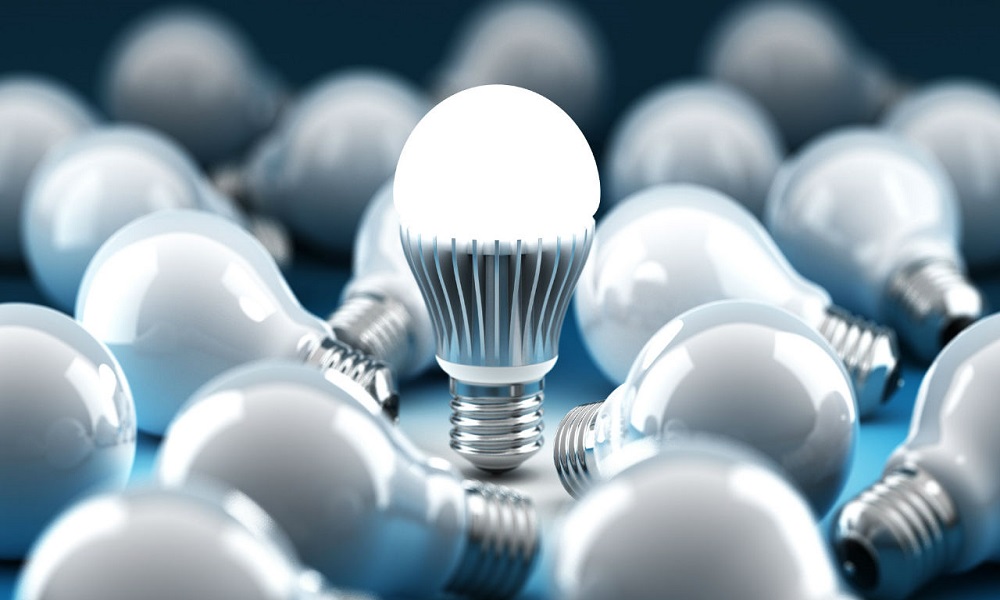Trends
See Why You Should Use LED Lighting
LED Lighting is a semiconductor device that gives light using the electroluminescence process. It’s rather simple and inexpensive to produce

What is LED Lighting?
LED stands for Light-Emitting Diode.
A LED lighting is a semiconductor device that produces light using the electroluminescence process. When an electrical current flows through a light-emitting diode, it creates visible light. It’s the polar opposite of a photovoltaic cell (a device that converts visible light into electrical current).
Why Should You Use LED Lighting?
It’s actually rather simple and inexpensive to manufacture, which is why LED lights caused such a stir when they were originally introduced!
Instant Lighting and the Ability to Handle Multiple Switches
If you need a light to turn on rapidly, LED lighting is the way to go. LED lights may be turned on and off in a matter of seconds. If you’re using a metal halide lamp, for example, you’ll need to allow time for it to warm up. Consider how a fluorescent light flickers when turned on and takes two or three seconds to completely illuminate. These are only a few of the issues that can be avoided by using LED lights.
Efficiency in Energy
One of the most significant advantages of LED lighting is its energy efficiency. The energy efficiency of a lighting source is measured in usable lumens, which refers to the quantity of light emitted per unit of power, or watt, consumed by the bulb. We used to judge light by how many lumens it produced, but the truth is that some of those lumens are wasted. Compared to other lighting technologies, LED lighting provides less waste light and more useable lumens.
Long Life Expectancy
When compared to the ordinary incandescent bulb, the lifespan of an LED light is far longer. A thousand hours is the typical lifespan of an incandescent bulb. A typical LED light has a lifespan of 50,000 hours. It could last up to 100,000 hours, depending on how you use it. This means that an LED light can live for six to twelve years before needing to be replaced. That’s 40 times the life of an incandescent light bulb.
There are no heat or UV rays emitted
You know how hot incandescent light bulbs get when they’re in use if you’ve ever tried to change one right after it goes out. Many traditional lighting sources, such as incandescent bulbs, devote more than 90% of their energy to heating, leaving only 10% for real light generation.
LEDs produce nearly no heat, yet the majority of the light they produce is visible. This feature is one of the reasons why medical experts are considering LEDs as a potential treatment for Seasonal Affective Disorder (SAD), a condition that affects many people throughout the winter months.
The Ability to Work in Extremely Cold Environments
Cold weather is bad for traditional lighting sources. Lighting sources, particularly fluorescent bulbs, require a higher voltage to start when the temperature drops, and the intensity of their light diminishes.
LED lights, on the other hand, perform around 5% better in cold conditions. LED lights are therefore a superior alternative for lighting in freezers, meat lockers, cold storage rooms, and refrigerated display cases. Their ability to work so well in cold weather makes them ideal for parking lot lights, building perimeter lighting, and outdoor signage lighting.
Flexibility in design
LEDs are extremely tiny (about the size of a spec of pepper). As a result, they may be used in practically any situation. Remember that their original use was as a circuit board indicator light. When you put them together in a clump, you get a typical bulb. A line or series of lights is created by stringing together a sequence of LED lights, similar to a string of Christmas lights.
Capabilities for dimming
LEDs work effectively at practically any power level, ranging from around 5% to 100%. Dimming some lighting sources, such as metal halide, reduces their efficiency. You may not be able to dim them at all at times.
In the case of LED lights, the opposite is true. When you run an LED light at less than full power, it runs more efficiently. Other advantages come as a result of this characteristic. It extends the bulb’s life and means you’re consuming less energy, lowering your energy bills.
Directionality
Every traditional lighting system emits light in a 360° circle around the light source. This implies that if you want the light to brighten a certain region, you’ll need to buy accessories to channel or deflect it in the right direction.
You’ll waste energy illuminating regions that don’t require illumination if you don’t employ something to reflect or deflect the light, which will result in greater energy expenditures.
Environmental Performance Enhancement
It is becoming increasingly crucial for businesses to be environmentally conscious. Customers are increasingly looking for environmentally responsible solutions, and employing an ecologically friendly light source may help businesses save money on electricity while also appealing to a socially conscious audience.
